hanami, japanese festival
Spring Love in Japan: Blossoms, Love Shrines, and More!

Thalia Harris
Posted on March 07, 2023
Share:
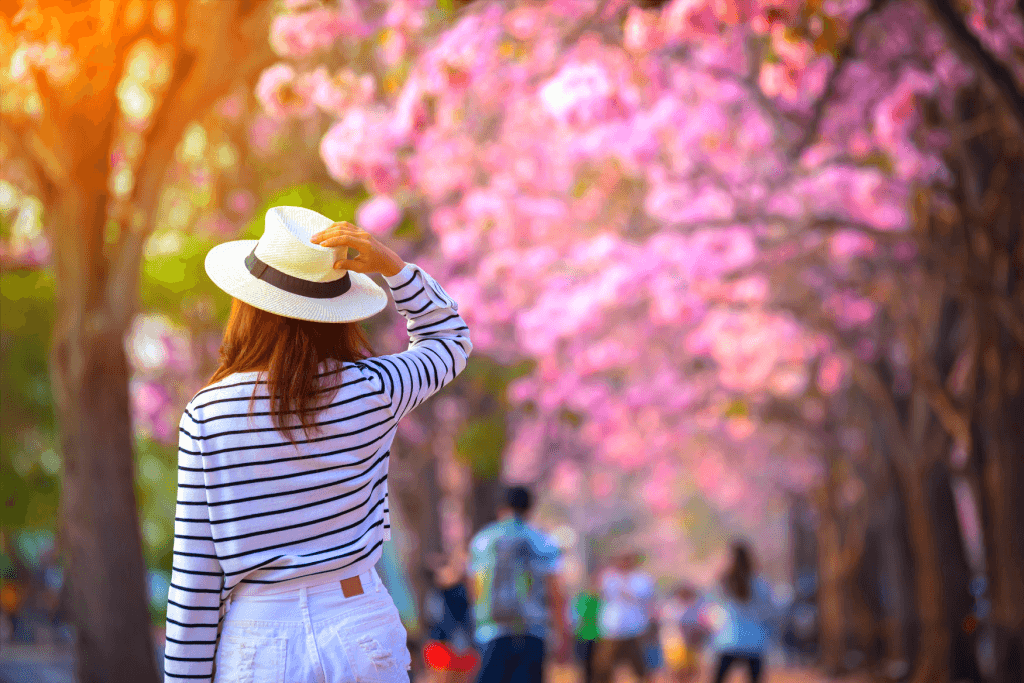
Spring love is coming, and there’s much to enjoy in Japan. There are beautiful flower blossoms, hanami, and love temples for people to visit in the warm weather. Among the lovely landscape, here are a few things to enjoy in Japan.
The Spring Equinox
The spring equinox is a significant and celebrated time of year in Japan. It marks the beginning of spring, a season of new beginnings and rejuvenation. Cherry blossoms mark the start of the season, and many people celebrate it with hanami picnics.
Hanami, which translates as “flower viewing,” is a centuries-old Japanese tradition. During this time, friends, family, and coworkers assemble to admire the cherry blossoms. When trees bloom, hanami events usually occur in parks, gardens, or other public places.
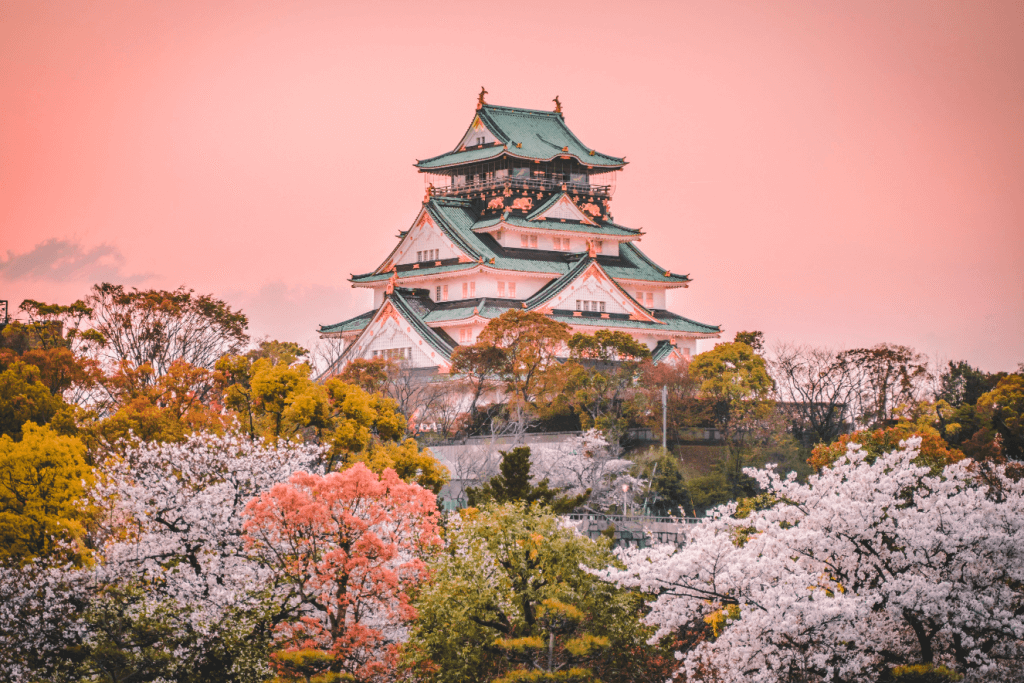
Traditional foods such as Japanese sakura mochi and hanami dango are popular activities during hanami. Sakura mochi is a sweet rice cake in a salted cherry blossom leaf with red bean paste. Hanami dango, on the other hand, is a skewered rice flour dumpling that comes in three colors: pink, white, and green.
Hanami, a Japanese tradition of enjoying the cherry blossom season, involves people bringing food and drinks to share while gathering under the blooming cherry trees. This creates a lively and social atmosphere in addition to the usual snacks. The tradition originated during the Nara period (710-794) with the Ukon no Chikai ceremony, where people purified themselves with bitter herbs and solidified promises by drinking sake under the cherry blossoms.
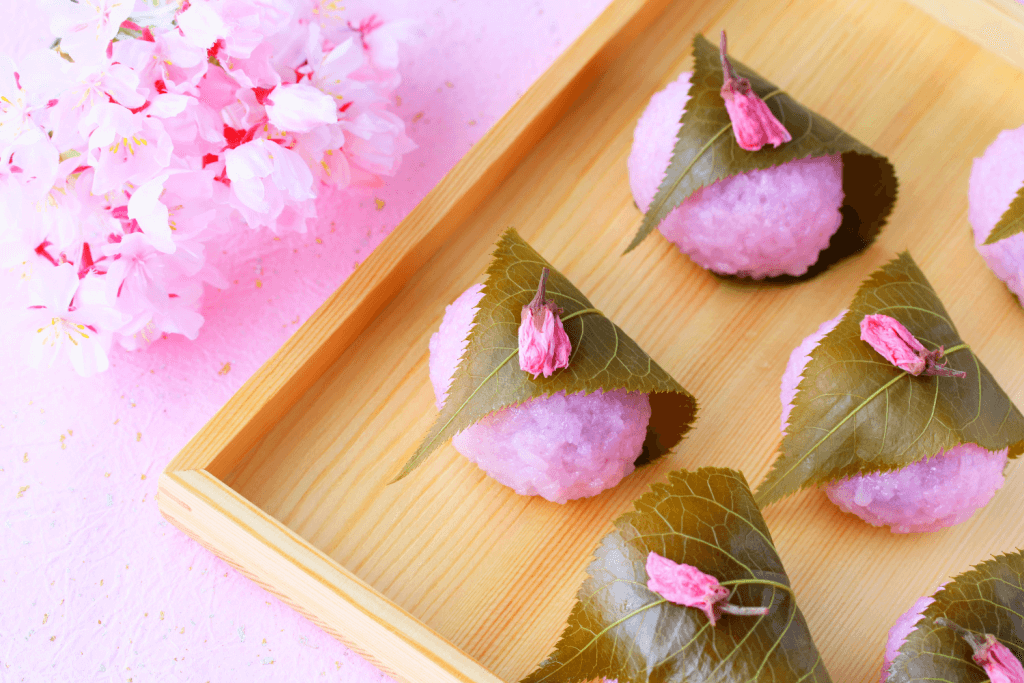
Today, hanami is a famous cultural festival in Japan and a beloved custom enjoyed by people of all ages. The splendor of the cherry blossoms and the celebratory spirit of hanami is unique, and many Japanese people look forward to the spring equinox.
Spring Love: Blossoming Flowers (Cherry, Plum, and Peach)
The most famous and symbolic of the three are cherry blossoms or sakura. People congregate to enjoy the flowering trees and acknowledge life’s transience through the hanami–as mentioned earlier–celebrations. They also use sakura petals in various culinary delicacies, including sakura mochi and tea.
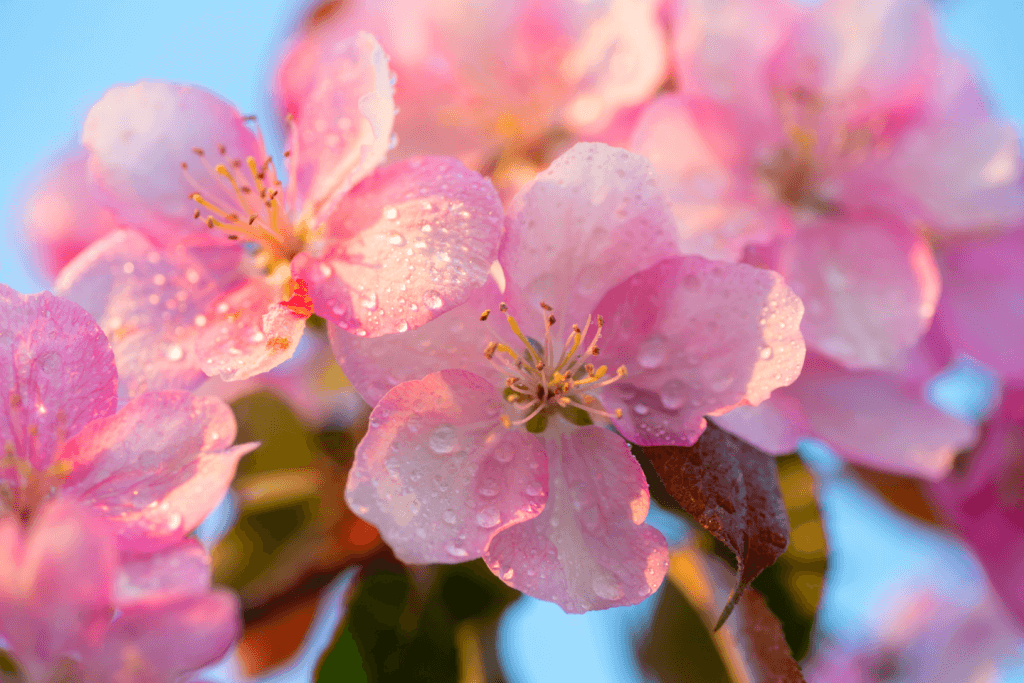
Plum blossoms, or ume in Japanese, are the first to bloom and represent endurance and resilience. The blossoms’ delicate pink and white tones stand against the still-winter environment. People also use plum blossoms in a variety of culinary concoctions, including ume-shu (plum wine) and umeboshi (plum paste) (pickled plums).
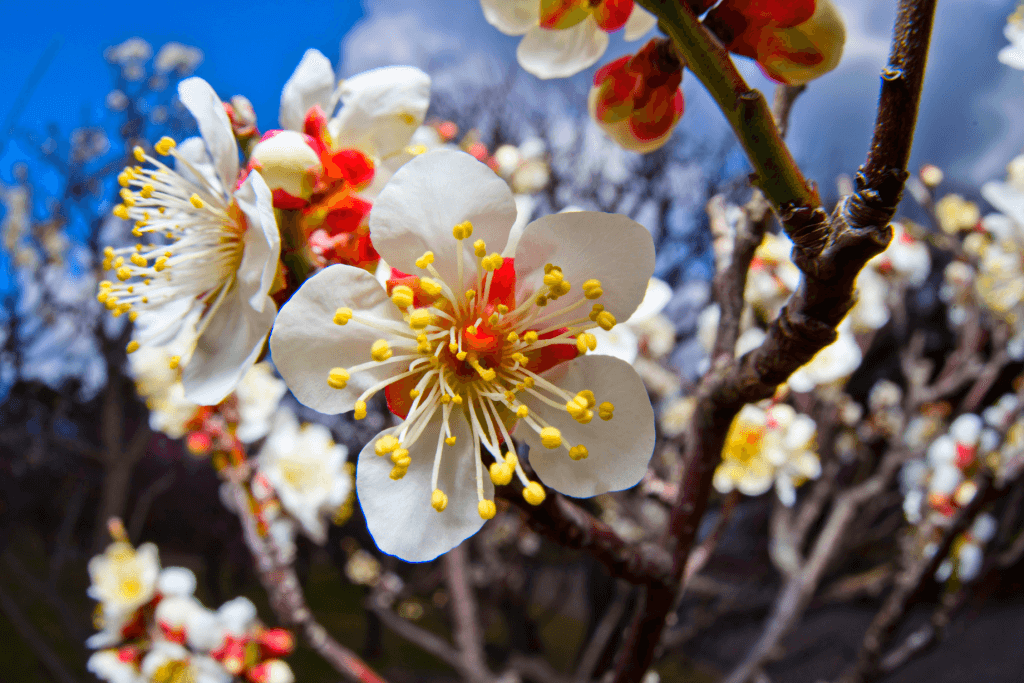
Momo, or peach blossoms, represent longevity and good fortune. They have pink and white petals and express love and romance. Peach blossoms are present in traditional decorations such as hanging koinobori (carp streamers) and during the March Hinamatsuri (Doll Festival).
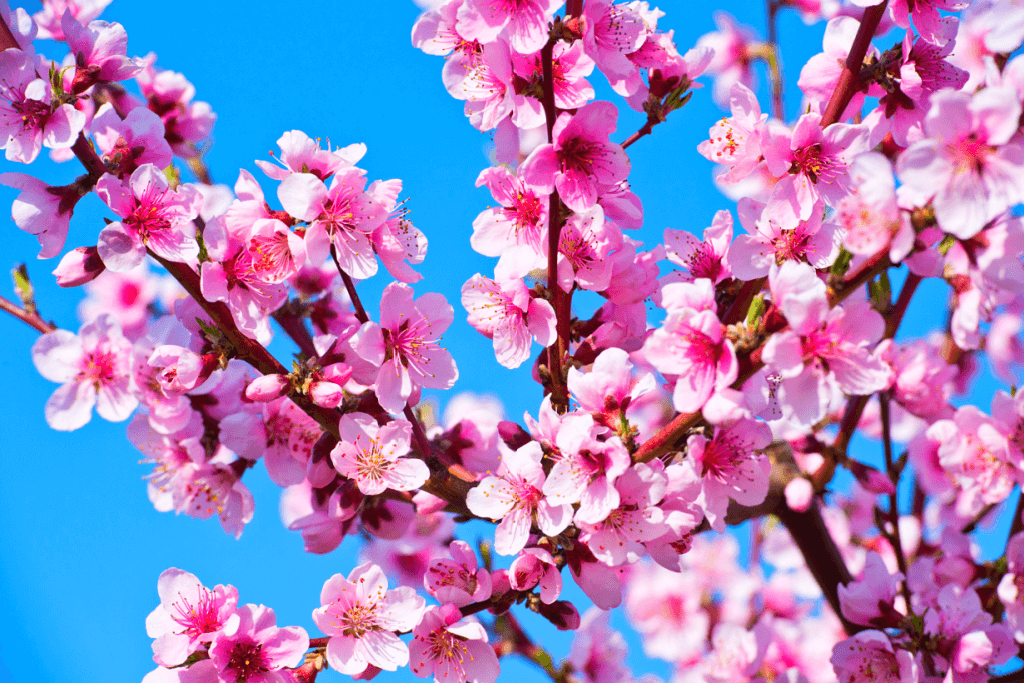
All three blossoms are famous in Japanese culture and celebrated in diverse ways. The beauty of these flowers, each with its meaning and symbolism, adds to the Japanese springtime romance.
Are you looking to embrace spring in Japan, just in time for cherry blossom season? Check out Sakuraco! Sakuraco delivers traditional Japanese snacks, teas, sweets, and snacks from local Japanese makers directly to your door so you can enjoy the latest treats from Japan!

The Temples of Spring Love
Japan is rich in tradition and culture, with temples and shrines dotting the prefectures. Among these are love temples, which offer good luck and fortune to couples and individuals looking for spring love. The Hikawa Shrine in Kawagoe City, Saitama Prefecture, is one such shrine of love.
Visitors can buy charms and amulets to bring good luck to their love life at the shrine devoted to the deity of love. The temple is famous for its lovely landscaping, which includes a koi pond and a stone lantern.
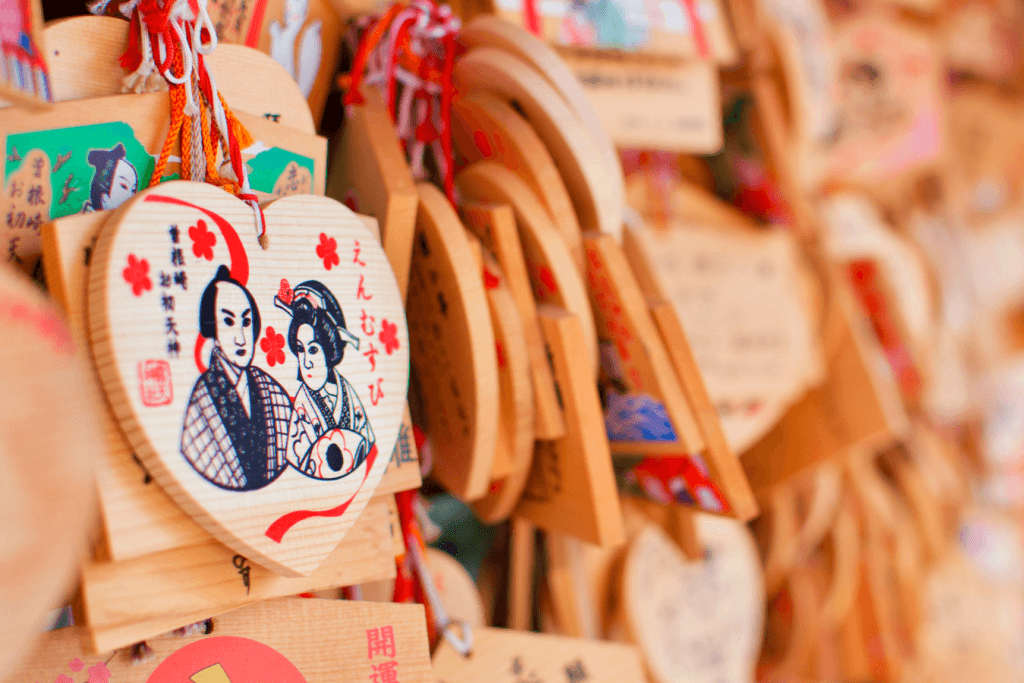
The Izusan Shrine in Atami City, Shizuoka Prefecture, is another well-known love temple. Visitors must walk a long flight of stairs to reach the shrine on a mountain. People love this temple for its stunning views of the ocean and the surrounding area. According to legend, couples who visit the shrine together have a long and happy relationship.
The Izumo Taisha Shrine in Izumo City, Shimane Prefecture, is also a well-known love shrine. The shrine venerates the god of marriage, and singles who visit the shrine are said to find their partner. It’s mainly known for its massive wooden gate, the largest in Japan.

These are just some love temples throughout Japan. They are a tribute to the country’s rich culture and tradition, and they continue to draw travelers from all over the world looking for love and riches. These shrines are perfect for celebrating spring love.
Aiaigasa: Spring Love Under an Umbrella
Sharing an umbrella with someone you care about is considered romantic in Japan. This custom is known as “aiaigasa,” meaning “sharing an umbrella” in Japanese. Aiaigasa is not just for couples; it can also be a kind gesture between acquaintances, family members, or employees.
In Japan, sharing an umbrella means more than protection from the rain. It represents unity and concern for one another. Aiaigasa is usually depicted as a romantic and intimate moment in popular media, such as anime and manga.
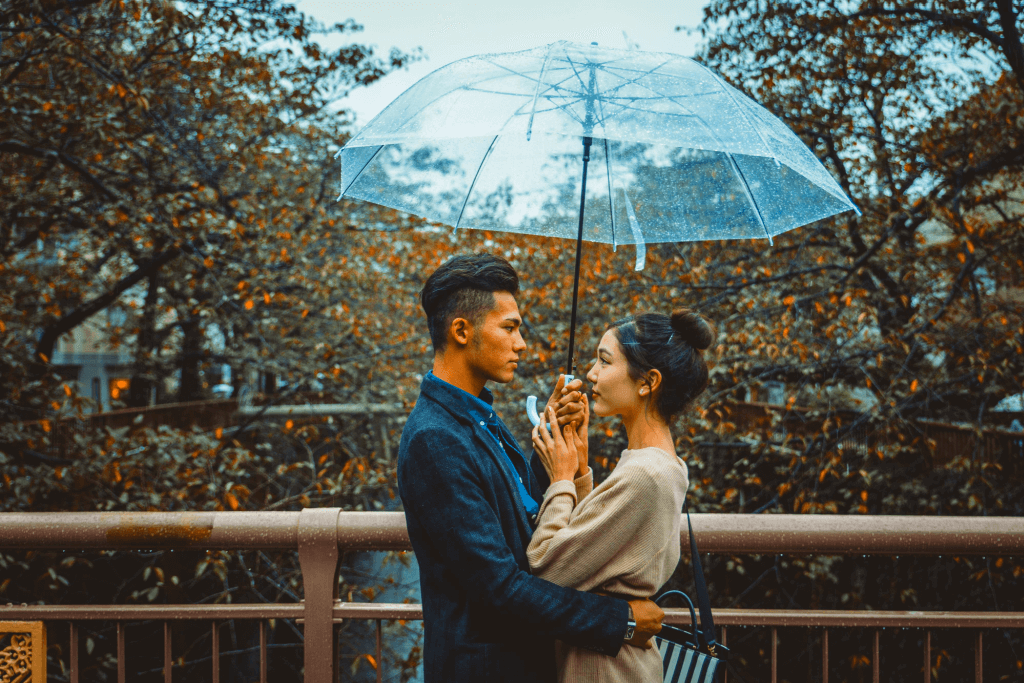
Japan also has aiaigasa umbrellas meant to be shared by two people. These umbrellas have a larger canopy and an extended handle, allowing two individuals to stand comfortably beneath them. This longstanding Japanese tradition reflects the country’s values of personal relationships and social peace. It is a small but profound act that emphasizes the value of community and caring for others.
Overall, aiaigasa is a beautiful Japanese ritual representing the value of human ties and caring for one another. It is a lovely and intimate gesture in the country’s culture and a testament to the importance of societal peace.
Hinamatsuri
Hinamatsuri, also known as the Doll Festival or Girls’ Day, is an annual Japanese event held on March 3rd. In Japan, the celebration commemorates the health and happiness of young girls. This holiday dates back to the Heian period (794-1185). During that time, people believed that dolls could carry evil spirits. The celebration originated as a means of warding off evil spirits and praying for the health and happiness of young ladies.
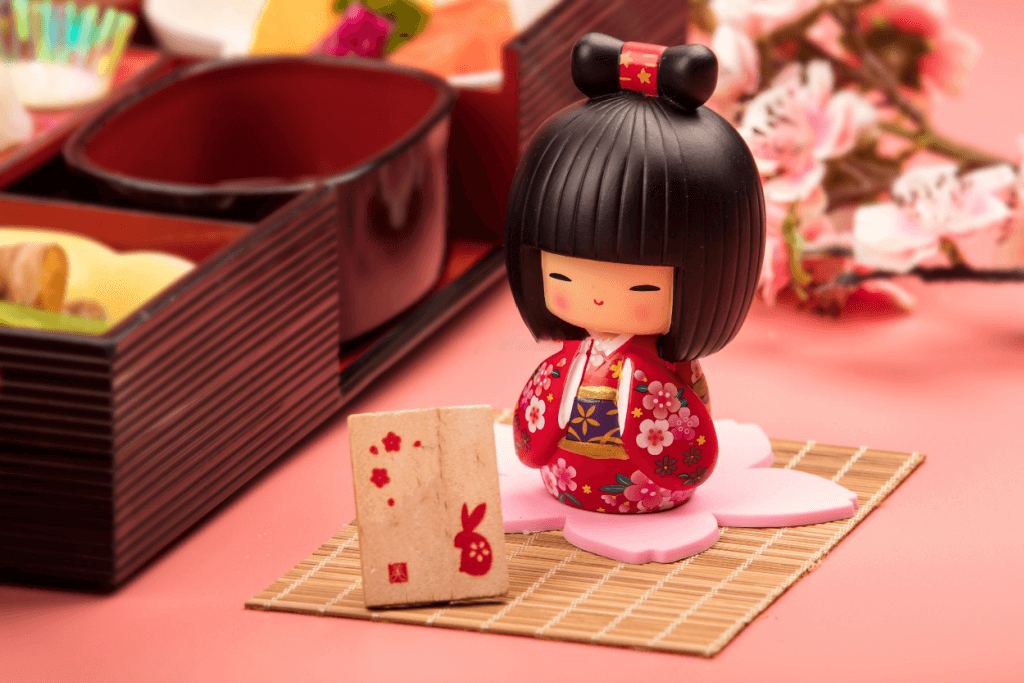
During Hinamatsuri, families make a doll display on a tiered platform known as a hinadan. The dolls show the Emperor, Empress, and other members of the Heian court from the Heian period. Moreover, decorations include peach blossoms and traditional Japanese sweets such as hina-arare and chirashizushi.
In addition to the doll display, families may visit shrines or temples to pray for their daughters’ health and happiness. Hinamatsuri is also when girls dress in traditional Japanese attire and participate in parades and other celebrations.

Although Hinamatsuri is predominantly a girls’ holiday, it is also a time for families to enjoy each other’s company. It is a moment to consider the value of family and the well-being of loved ones. Finally, Hinamatsuri is a popular Japanese event that honors the health and happiness of young girls. It is a time for families to gather, pray for their daughters’ well-being, and enjoy traditional Japanese sweets and celebrations.
Are you looking forward to spring love in Japan? Let us know in the comments below!

Discover authentic flavors with Sakuraco
Get Sakuraco 

Discover authentic flavors with Sakuraco
Get Sakuraco 
Related Articles

Steam Train in Shizuoka: Riding the Oigawa Railway
For travelers who love history, beautiful views, and cozy retro vibes, this steam train is one of Shizuoka’s most charming treasures, with some of the best views. If you want to know more about this train, keep reading below!

Nara Japan: The Amazing Legend of the Sacred Dragon
In Japanese culture, dragons are spiritual beings that represent strength, prosperity, and a harmonious balance with the natural forces. Nara, Japan, has a unique story associated with sacred ponds and revered shrines throughout the region.

Nambu Tekki: Morioka’s Amazing Iron Craft
In the historic city of Morioka, Iwate Prefecture, a craft with over 400 years of history continues to captivate with its rustic beauty and practical charm. Nambu tekki, or Nambu cast iron, refers to traditional ironware, such as teapots, kettles, and decorative pieces, that embody the spirit of Tohoku craftsmanship.

Ebisu: The Cheerful Guardian of Luck and Prosperity
Religion in Japan involves a dizzying array of spirits and beings. These gods are inspired by ancient tales and used to symbolize nature’s bounty. However, they also profoundly impact daily life and are often sought out for help in challenging times


